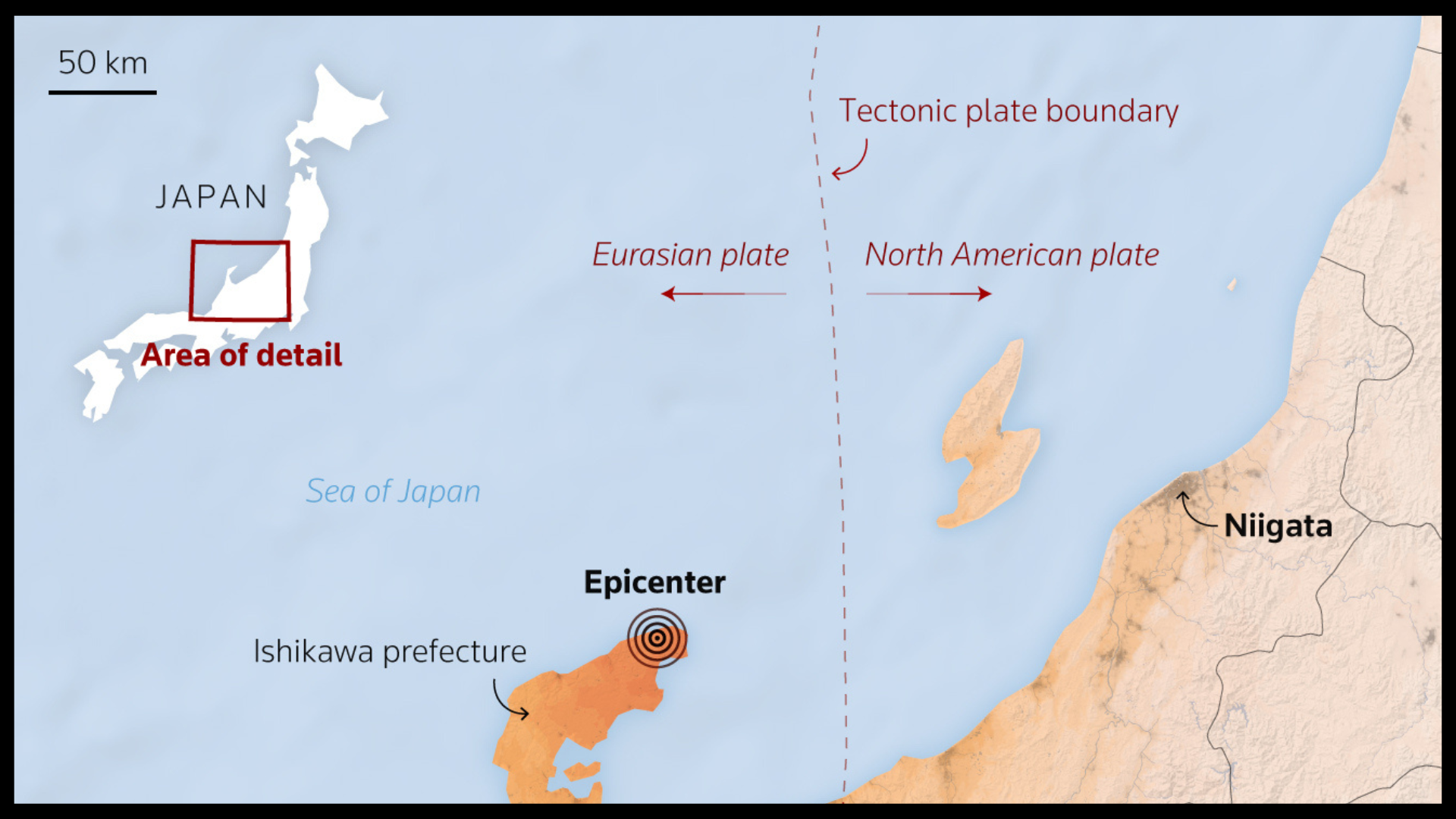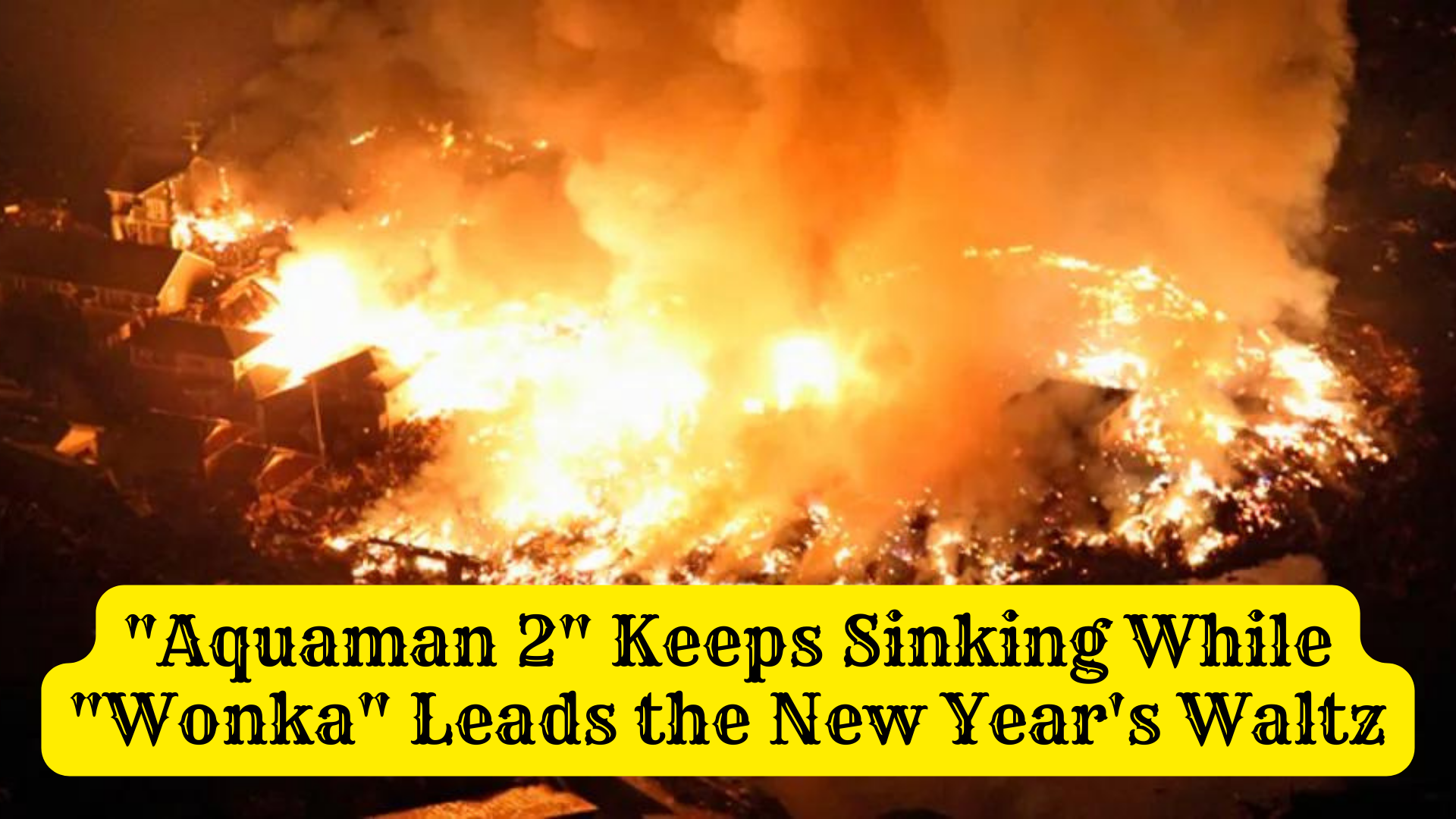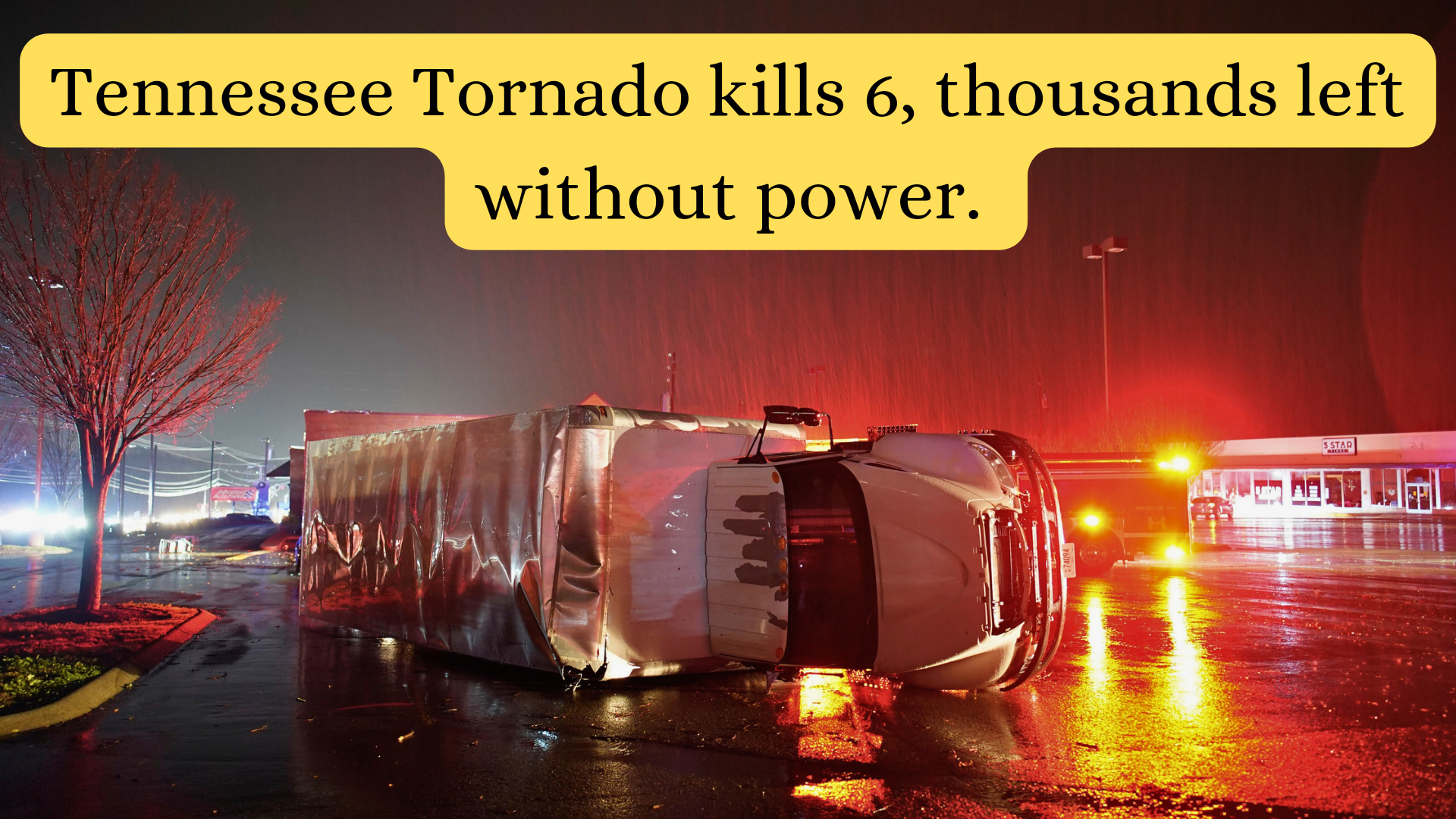January 1, TOKYO (Reuters) On Monday, a strong earthquake occurred in central Japan, leaving tens of thousands of houses without electricity, demolishing structures, injuring at least one person, and forcing others living in coastal regions to evacuate for higher ground.
At a preliminary magnitude of 7.6, the earthquake caused waves to break off along Japan’s west coast and into neighboring South Korea, with greater waves possibly following.
Ishikawa, Niigata, and Toyama prefectures have received tsunami warnings from the Japan Meteorological Agency (JMA).
A severe tsunami warning was issued for Ishikawa, the first since the northeastern Japan earthquake and tsunami of March 2011. The warning was then decreased and reduced to an advisory, indicating that waves as high as one meter (three feet) might be expected.
The U.S. Geological Survey claims that it was the greatest earthquake to strike the area in more than 40 years.
North Korea and Russia have also issued tsunami warnings for specific regions.
According to government spokesperson Yoshimasa Hayashi, reporters were informed that houses were demolished, fires started, and army soldiers were sent to assist with rescue efforts.

After a structure collapsed in Shika Town, Ishikawa, one old man was declared dead, according to local police, as reported by broadcaster NTV.
“Everyone was panicked because the snow from the electric wire came down, and also from the roof, it fell down, and all the cars are shaking,” Taiwanese traveler Jonny Wu, who was on vacation in the neighboring prefecture of Nagano, told Reuters.
Even though access to quake-affected areas was difficult owing to blocked roads, Japanese Prime Minister Fumio Kishida told reporters he has urged search and rescue workers to do everything necessary to preserve lives.
Over the next several days, more powerful earthquakes may occur in the region, where seismic activity has been simmering for more than three years, according to JMA spokesman Toshihiro Shimoyama.
As of Monday night, the government said that it has issued evacuation orders for about 97,000 residents of nine prefectures located on the western coast of Honshu, the main island of Japan.
As soon as the earthquake occurred, Kishida cautioned locals to get ready for additional natural catastrophes in remarks to the media.
“I urge people in areas where tsunamis are expected to evacuate as soon as possible,” Kishida stated.
Following the catastrophe, the Imperial Household Agency announced that it would postpone Emperor Naruhito and Empress Masako’s scheduled New Year’s appearance for Tuesday.
Table of Contents
ToggleA powerful earthquake strikes central Japan.

On Monday afternoon, an earthquake with a magnitude of 7.6 occurred in the central Japanese prefecture of Ishikawa, prompting tsunami alerts for areas along the western coast.
“TSUNAMI! GET OUT!”
Television displays displayed a bright yellow message that said, “Tsunami! Evacuate!” after the earthquake, warning those living in certain coastal locations to leave right away.
Images from the local media showed a building in Suzu crumbling in a cloud of dust and a massive fracture in a road in Wajima, where parents grabbed their children in a state of terror.
The town of Wajima, which has 30,000 residents and is well-known for its lacquerware, was reported to have at least 30 collapsed structures, and many buildings were destroyed by fire.
A 500-kilometer distance from Wajima on the opposite shore, Tokyo’s structures were also shaken by the earthquake.
With temperatures expected to plummet to around freezing tonight in certain regions, utilities supplier Hokuriku Electric Power (9505.T) said that about 32,000 homes in the prefecture of Ishikawa were still without power as of late on Monday.
Tohoku Electric Power (9506.T) said 700 households remained without power in neighbouring Niigata prefecture.
Telecoms operators also reported phone and internet outages in some areas.
Forty train lines and two high-speed rail services to the quake-hit area halted operations, while six expressways were closed and one of Ishikawa’s airports was forced to shut down due to a crack in the runway, transport authorities said.
Japanese airline ANA (9202.T) turned back planes headed to airports in Toyama and Ishikawa, while Japan Airlines (9201.T) cancelled most of its services to the Niigata and Ishikawa regions.
In the neighboring prefecture of Niigata, 700 families still lack electricity, according to Tohoku Electric Power (9506.T).
In certain places, telecom providers also reported phone and internet disruptions.
According to transport officials, forty train lines and two high-speed rail services to the earthquake-affected area were suspended, six expressways were stopped, and one of Ishikawa’s airports had to close because of a break in the runway.
While Japan Airlines (9201.T) canceled the majority of its flights to the Niigata and Ishikawa regions, Japanese carrier ANA (9202.T) turned back aircraft bound for airports in Toyama and Ishikawa.
A powerful earthquake strikes central Japan.

Japan’s Ishikawa prefecture was rocked by an earthquake on Monday afternoon with a magnitude of 7.6. This is the greatest earthquake to strike the western coast of the nation in recent years. Along the eastern coast, near the Japan Trench, which forms the border between the Pacific and North American tectonic plates, large-magnitude earthquakes are more frequent.
atomic plants
The earthquake occurs at a crucial moment for Japan’s nuclear industry, which has been confronted with strong hostility from certain residents ever since the Fukushima nuclear meltdowns in 2011 were caused by an earthquake and tsunami. The accident claimed the lives of up to 20,000 individuals and destroyed entire cities.
The largest nuclear power station in the world, Kashiwazaki-Kariwa, was placed under an operating prohibition by Japan last week. The plant has been shut down since the 2011 tsunami.
According to Japan’s Nuclear Regulation Authority, no anomalies have been verified at any nuclear power facilities along the Sea of Japan, including the five operational reactors at the Ohi and Takahama plants in Fukui Prefecture owned by Kansai Electric Power (9503.T).
The nearest nuclear power plant to the epicenter, Hokuriku’s Shika facility in Ishikawa, had already stopped operating its two reactors before the earthquake for routine inspections and had not experienced any seismic damage, according to the agency.
The earthquake on Monday happened on January 1, a public holiday in Japan when millions of people celebrate by going to temples to mark the start of a new year.
Images from Kanazawa, a well-known tourist attraction in Ishikawa, showed the broken remains of a stone gate scattered at a shrine’s entryway, surrounded by worried worshipers.
Ayako Daikai, a resident of Kanazawa, stated that shortly after the earthquake, she and her husband and two kids fled to a neighboring elementary school. She said that there were evacuees crammed into the gyms, corridors, stairwells, and classrooms.
When contacted by phone by Reuters, she stated, “We haven’t decided when to return home yet.”
Additional reporting from Nicoco Chan in Shanghai; reporting by Tim Kelly, Satoshi Sugiyama, Kantaro Komiya, Sakura Murakami, Chang-Ran Kim, and the Tokyo newsroom; Hugh Lawson and John Geddie wrote the text, while Kim Coghill, Neil Fullick, Louise Heavens, and Alison Williams edited it.



